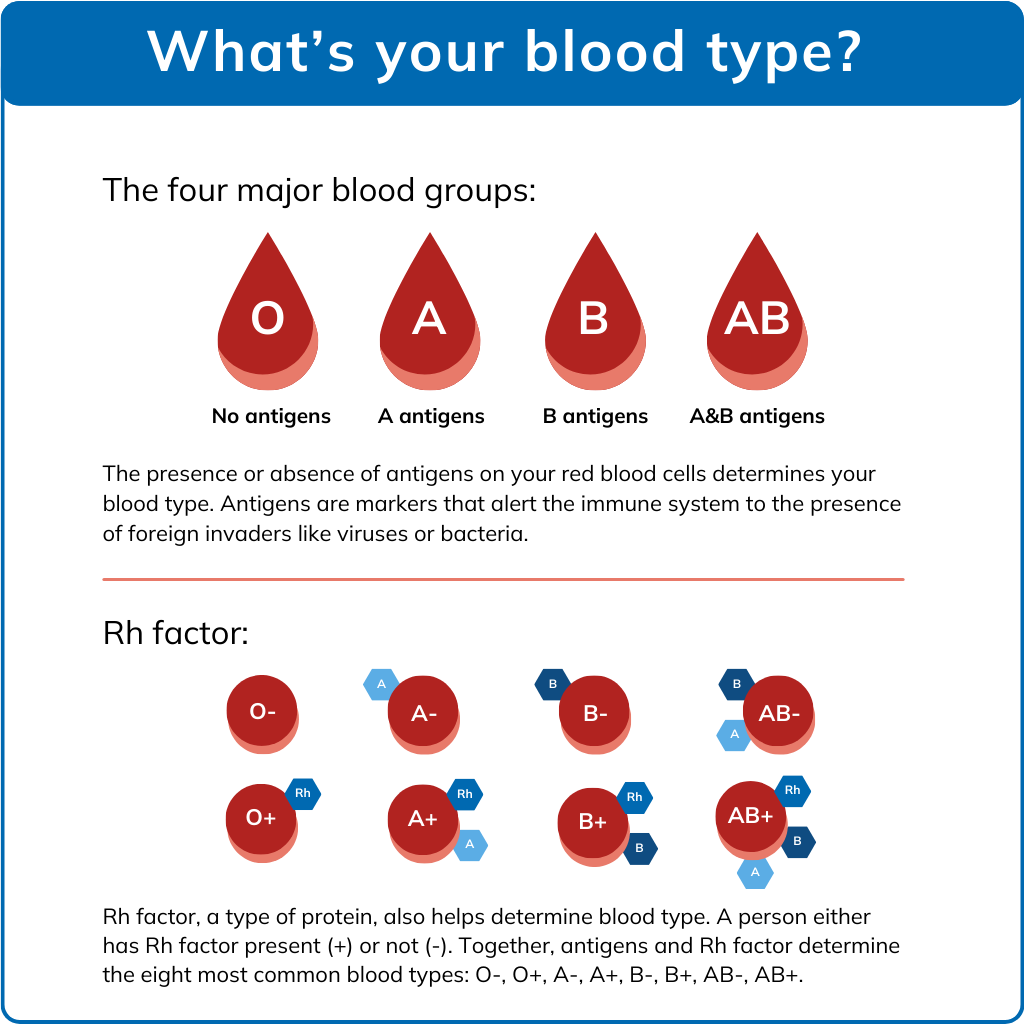The gift of blood: How it saves lives and the journey from donation to transfusion

By Meredith Bailey and Melissa Campbell
Every two seconds — that’s how often someone in the United States needs blood, according to the American Red Cross.
In the winter of 2020, 72-year-old Eda Kammerzell became one of the many who needed life-saving transfusions. When reddish-purple spots appeared on her arms and legs, she didn’t think much of it at first since she was otherwise in good health.
Her primary care doctor ordered bloodwork, and soon Kammerzell got a call from her care team with an urgent message: “Go to the emergency department now.”
Kammerzell had thrombocytopenia, a condition where platelets — cell fragments important for clotting — are low. Her platelet counts had plummeted to such a level that she was in danger of severe internal bleeding.
At MultiCare Good Samaritan Hospital, she received multiple blood transfusions — and she continued to routinely receive them twice a week for almost a year after her discharge from the hospital.
“It was a matter of life and death,” Kammerzell says. “It’s vitally important for people to donate blood, and I am beyond appreciative for those who do.”
And that wasn’t the first time blood saved her life.
“Years ago, when my second daughter was born, I hemorrhaged and they had to give me three pints,” Kammerzell says. “When I got healthy again, I started to donate blood, and when they were old enough, I got my girls interested in donating, too.”
Today, she continues to receive treatment for thrombocytopenia and her health continues to stabilize — yet the nation’s blood supply is in a precarious position.
In January 2024, the American Red Cross declared an emergency blood shortage. Many factors have converged over the past few years to create this crisis — from COVID-19 to low donor turnout to the increase in climate-related disasters.
Another growing problem is that baby boomers — who make up a significant proportion of the loyal donor population — are aging out of their ability to donate, and not enough people in younger generations are stepping up to take their place. The Association of Blood Donor Professionals reports that only 3 percent of Americans who are eligible donate blood each year.
In the video and article below, we invite you to learn more about the journey of blood — what this lifegiving substance does for your body, how donation benefits people from the community and what happens to blood after it’s donated.
How does your donated blood help?
After your donated blood is tested, it’s separated into different components using a machine called a centrifuge.
MultiCare Health System transfused more than 19,900 units of blood in 2023 to save patients’ lives and support their well-being. The blood products we use include red blood cells, plasma, platelets and cryoprecipitate, and each serves a specific purpose.
Red blood cells. Constituting 45 percent of your blood, red blood cells carry oxygen and take away carbon dioxide. Transfusions of red blood cells may be used to help people experiencing severe blood loss or to treat conditions such as life-threatening anemia or sickle cell disease.
Plasma. Plasma, about 55 percent of your blood, refers to the liquid portion of blood and includes proteins, nutrients and clotting proteins.
“When you have a cut and it oozes a yellow substance — that’s plasma,” says Robin Underwood, transfusion safety officer at MultiCare. “Plasma is given to people who need volume expansion, so that could be someone who can’t maintain a stable blood pressure or is experiencing a clotting issue.”

Platelets. These are cell fragments that also play an important role in clotting. Platelets (along with white blood cells) make up about 1 percent of your blood.
“Platelets are like little Zamboni machines,” Underwood says. “If you have a vascular injury, platelets zoom in to the site, clump together and then smooth the surface again to stop the clotting.”
Platelet transfusions may be administered to people with a variety of conditions, including thrombocytopenia, blood-related cancers, bone marrow failure and others.
Cryoprecipitate. This frozen blood product, which makes up less than 1 percent of your blood, contains clotting proteins. Cryoprecipitate may be administered to people who have experienced significant blood loss or have a clotting-related condition.
Righting an injustice
For decades, men who have sex with men were either prohibited from donating blood or they faced significant restrictions. These discriminatory practices originated during the AIDS epidemic in the early 1980s.
In 2023, the U.S. Food and Drug Administration updated its policies to address this injustice. The FDA now recommends asking all potential donors the same series of questions to determine eligibility, rather than using factors like sexual orientation to evaluate HIV risk. It’s also routine practice at blood centers to test donated blood for many diseases, including HIV.
An opportunity to express thanks
Almost 16 million blood products are transfused every year in the U.S., reports the American Red Cross. Many blood centers now provide an opportunity for recipients to acknowledge those who make these transfusions possible, giving donors the chance to see firsthand how they were able to help save a life.
Thank the Donor programs allow recipients to send one-way, anonymous email messages to donors expressing their gratitude. (No identifying information is shared with either party.) 
MultiCare collaborates with multiple community partners across the regions we serve to ensure our patients have access to blood products. Those partners include:
- Bloodworks Northwest (Puget Sound region and Thurston County)
- Vitalent (Spokane)
- American Red Cross Blood Donation Center (Yakima)
What's next
- Find a blood donation event or blood drive near you
- Learn how to set up and host a blood drive
- Explore the history of blood transfusion



